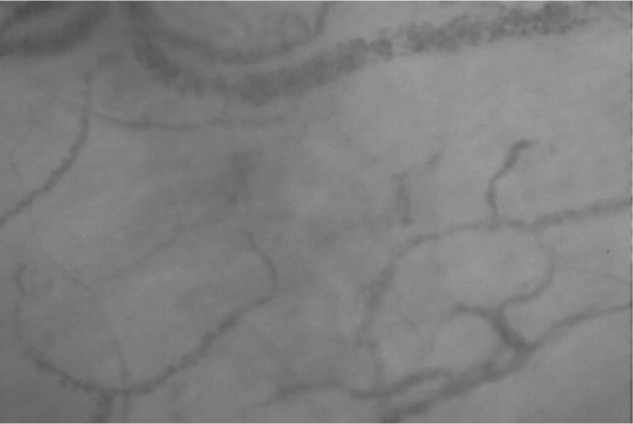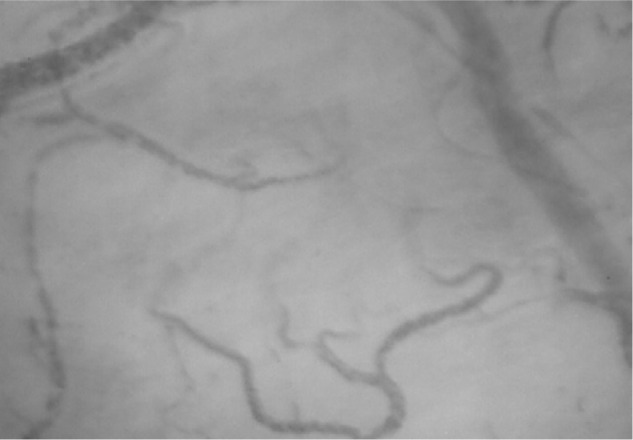Sublingual microcirculatory shock and loss of haemodynamic coherence during subarachnoid anaesthesia.
IF 1.6
Q2 ANESTHESIOLOGY
引用次数: 0
Abstract
Dear Editor, Optimization of tissue perfusion is one of the primary goals of peri operative care and its adequacy is of ten assumed based on systemic mea sures, such as mean arterial pressure (MAP). However, microcirculatory al terations may occur even when global haemodynamic variables are within normal targets and are associated with the development of organ dysfunc tion. Indeed, perfusionrelated com plications are a main cause of mor bidity and mortality in the surgical population, especially within the first thirty postoperative days [1, 2]. Although several studies have emerged in the last years providing important data that highlight the re lationship between intraoperative hypotension and organ injury [3, 4], intraoperative microcirculatory end points and the impact of microcircula toryguided therapeutic interventions have not yet been well defined [5]. In this report, we present a case of intra operative loss of haemodynamic cohe rence in a patient with normal systemic haemodynamics during subarachnoid anaesthesia. A 51yearold white woman with a body mass index of 33.3 kg m–2, American Society of Anesthesiologists Physical Status Classification II, and stable general condition was sched uled to undergo total knee arthroplas ty under subarachnoid anaesthesia. Her medical history was remarkable for wellcontrolled hypothyroidism DOI: https://doi.org/10.5114/ait.2023.128707



蛛网膜下腔麻醉期间舌下微循环休克和血流动力学一致性丧失。
本文章由计算机程序翻译,如有差异,请以英文原文为准。
求助全文
约1分钟内获得全文
求助全文
来源期刊

Anaesthesiology intensive therapy
ANESTHESIOLOGY-
CiteScore
3.00
自引率
5.90%
发文量
48
审稿时长
25 weeks
 求助内容:
求助内容: 应助结果提醒方式:
应助结果提醒方式:


